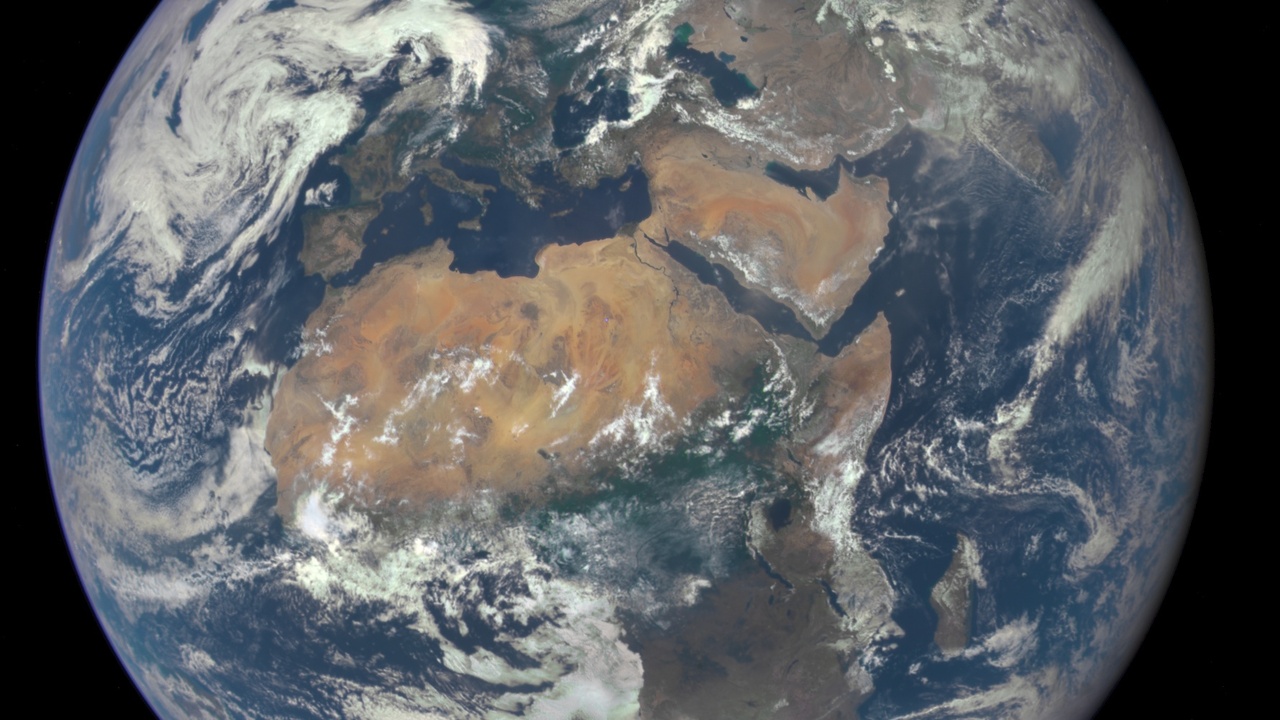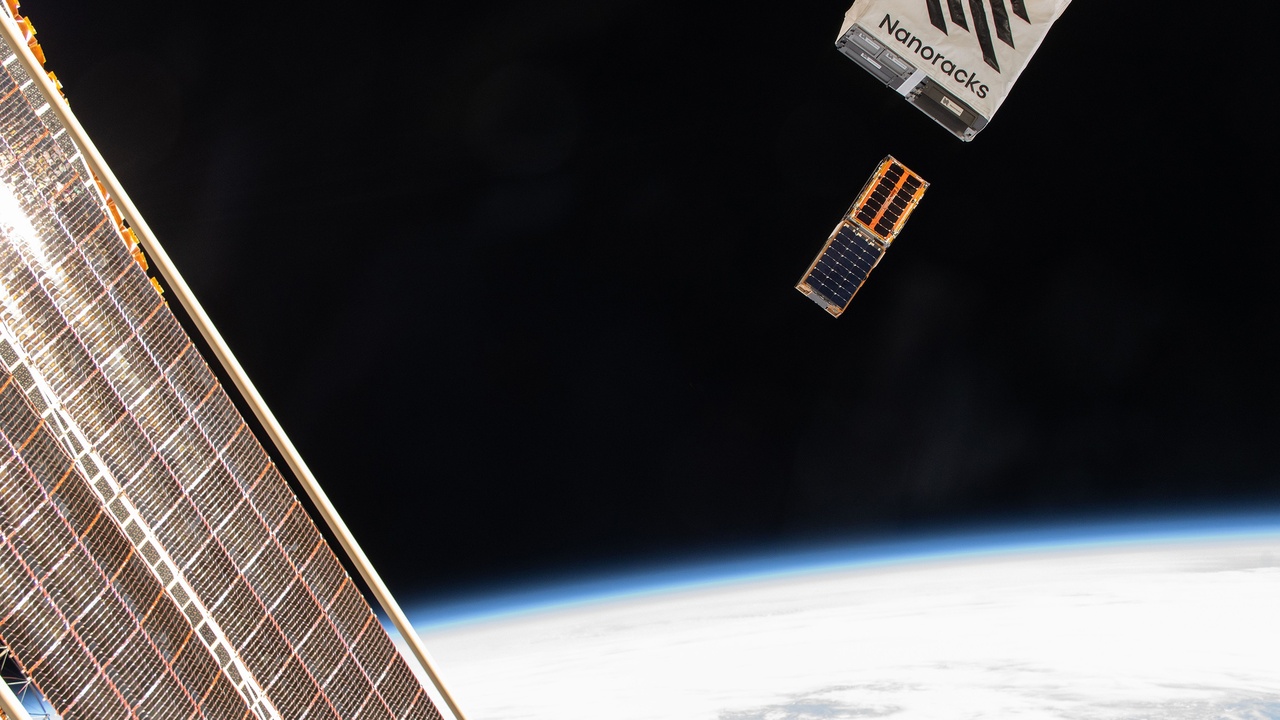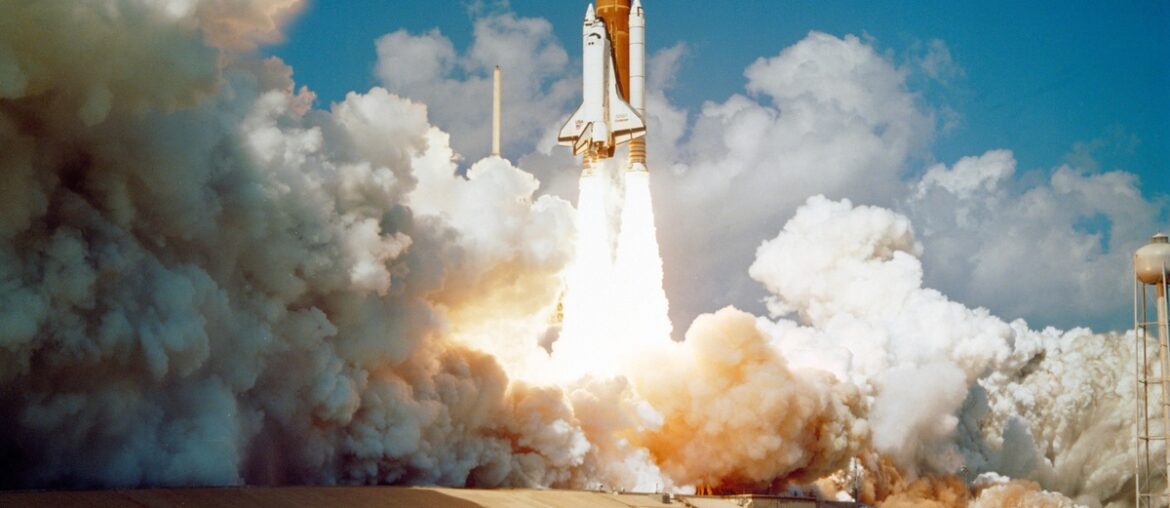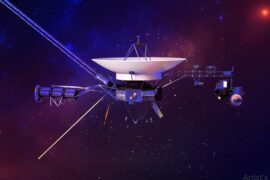On April 12, 1961, Yuri Gagarin became the first human to orbit Earth, and a decade later Apollo crews planted flags on the Moon. Those Cold War milestones defined a single, bipolar space race.
Since about 2019, a new era of activity — from Chang’e far-side landings in 2019 to Chandrayaan-3’s 2023 moon touchdown and multiple Mars missions between 2019 and 2021 — has signaled a more multipolar contest with economic, strategic, and scientific stakes. Satellites underpin global commerce and communications, asteroid and lunar resources promise mining prospects, and national prestige ties into defense and diplomatic influence. This article will profile six leading space agencies shaping the new space race and explain what makes each influential for the next decade.
National leaders and their strategic missions

National agencies still run full-spectrum programs that combine basic science, human exploration, and national security planning. Their flagship missions — long-term programs measured in decades and billions of dollars — set agendas for research and industry, while public-private partnerships expand capacity and create jobs. These agencies define capability through science milestones, crewed operations, and strategic investments that ripple into commercial markets.
1. NASA (United States) — Artemis, science, and commercial partnerships
NASA leverages budget scale, decades of institutional expertise, and commercial contracts to advance exploration and science. Founded in 1958, it leads the Artemis program to return humans to the Moon (Artemis I flew an uncrewed test in 2022; crewed flights are scheduled later in the 2020s) and operates high-profile science assets such as the James Webb Space Telescope, launched in December 2021.
Real-world impacts are clear: Commercial Crew flights with SpaceX’s Crew Dragon have restored U.S. crewed access to low Earth orbit since 2020, while contracts with firms like Northrop Grumman and commercial lunar providers (CLPS) aim to spawn a lunar economy. NASA’s procurement and grant programs also support thousands of jobs and a domestic space industry that supplies launch, avionics, and scientific payloads.
2. CNSA (China) — Rapid capability growth and lunar ambition
The China National Space Administration has risen rapidly from organizational formation in the 1990s to nation-scale programs in the 2000s and 2010s. Key milestones include Chang’e 4’s first soft landing on the Moon’s far side in January 2019 and the Tianwen-1 Mars mission, which arrived and deployed a rover in 2021.
These missions demonstrate maturing robotic and human-capable systems: Tiangong modular space-station operations began in 2021, and Beijing plans sample-return and sustained lunar activity. Technologically, China now fields advanced rovers, landers, and orbital infrastructure; geopolitically, those abilities translate into influence over standards, partnerships, and regional space access.
Regional powerhouses and cooperative programs

Regional agencies either pool resources across nations or build on deep historical expertise. Multinational structures like the European Space Agency enable pricey science missions and operational services, while foundational agencies such as Roscosmos offer tried-and-true launch and crewed access. Their influence comes from shared funding, technical depth, and leadership in multinational projects.
3. ESA (European Space Agency) — Many nations, shared goals, big science
Founded in 1975, ESA unites member states to fund missions that would be too costly for any single country. Its Rosetta mission culminated with Philae’s landing on comet 67P in 2014, and operational programs such as the Copernicus Earth-observation fleet and the Galileo navigation system provide daily services to millions worldwide.
ESA’s model shares costs and expertise across governments and industry, enabling flagship science while supporting commercial spin-offs. Collaborative projects with NASA and others — for example, instrument contributions to major telescopes — keep European science at the forefront without duplicating entire systems.
4. Roscosmos (Russia) — Legacy capability and strategic presence
Roscosmos traces its lineage to the Soviet program that launched Yuri Gagarin in 1961 and reconstituted as a Russian federal agency in the early 1990s. Its Soyuz spacecraft and Proton and Soyuz-class launchers have provided decades of reliable crewed and cargo access to low Earth orbit.
Operational strengths include routine Soyuz crewed flights and Progress cargo missions that have supported the International Space Station for years. Beyond logistics, Russia’s historic firsts and ongoing launch heritage give it continued leverage in international partnerships and technology exports.
Fast-growing agencies and strategic innovators

Smaller or newer agencies compensate for leaner budgets with focused goals and technical agility. By prioritizing targeted missions and efficient engineering, these programs deliver high scientific return per dollar and bolster regional capabilities. Their successes also open commercial opportunities and international partnerships.
5. ISRO (India) — Cost-effective exploration and rising influence
The Indian Space Research Organisation, founded in 1969, is known for delivering ambitious missions on modest budgets. Its Mars Orbiter Mission — launched in 2013 and arriving in 2014 — proved a low-cost interplanetary capability, and Chandrayaan-3 achieved a successful lunar soft-landing in 2023.
ISRO’s work powers affordable satellite services across South Asia and runs a busy commercial launch business with the PSLV. Those commercial launches for international customers, along with applied remote sensing and communications satellites, generate revenue and build regional technological independence.
6. JAXA (Japan) — Precision robotics and sample-return expertise
Formed in 2003 from previous organizations, JAXA excels in robotic missions and sample-return technology. Hayabusa2 returned asteroid samples to Earth in 2020, producing rare material for laboratory study and advancing small-body navigation and sampling techniques.
JAXA continues to pursue precise landers such as SLIM (Smart Lander for Investigating Moon) and collaborates on international scientific missions. Its robotic and satellite engineering expertise is exportable and informs both planetary science and commercial satellite platforms.
Summary
- The new space race is multipolar: national giants, regional coalitions, and nimble agencies each shape priorities and capabilities.
- Different strengths matter: scale and long-term programs (NASA, CNSA) coexist with cost-effective, high-value missions (ISRO, JAXA) and pooled expertise (ESA, Roscosmos).
- Public-private partnerships and multinational cooperation amplify impact, turning flag-bearing missions into economic and scientific ecosystems (for example, Artemis, Chang’e, Chandrayaan-3, Hayabusa2).
- Watch upcoming launches and sample-return results closely: policy choices and budgets this decade will steer who sets standards and reaps commercial benefits in the space agencies new space race.
Enjoyed this article?
Get daily 10-minute PDFs about astronomy to read before bed!
Sign up for our upcoming micro-learning service where you will learn something new about space and beyond every day while winding down.







